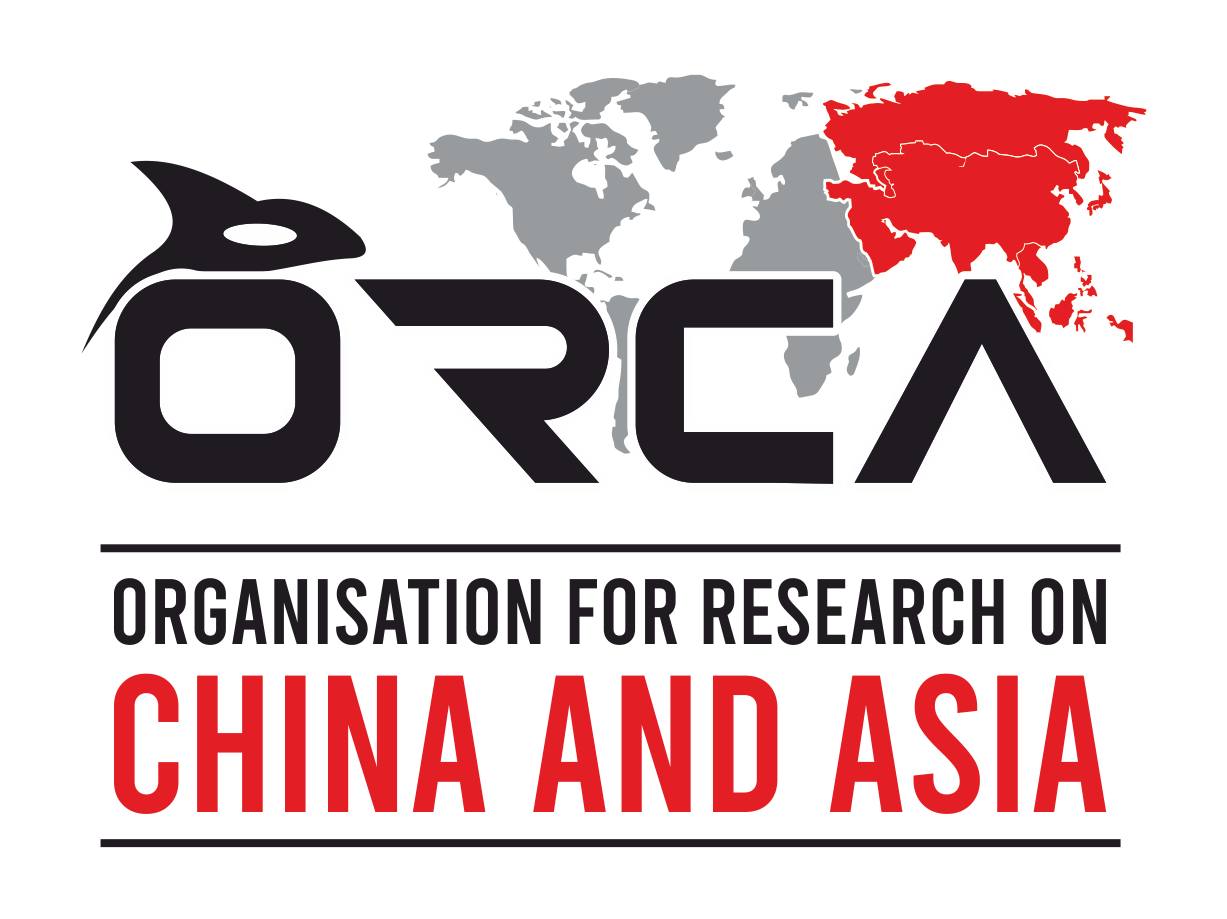Over the course of two decades, China accomplished what many developing nations still consider a public health miracle. From a fractured and underfunded system in the early 2000s, it now has a 95% universal health insurance coverage. This was achieved through the extension of two primary schemes: the Urban Employee Basic Medical Insurance (UEBMI), and the Urban and Rural Resident Basic Medical Insurance (URRBMI) which was formed in 2016 by merging the New Rural Cooperative Medical Scheme (NRCMS) and the Urban Resident Basic Medical Insurance (URBMI). On paper, it is nothing less than historic. But beyond this triumph lies fundamental contradictions in the world's largest healthcare experiment.
Source: National Healthcare Security Administration (NHSA)
In 2024, enrolment in the URRBMI scheme fell by 15.8 million people. This mass drop exposes the gap between China’s quantitative achievement in enrolment and its inability to provide real financial protection. The reality is China’s universal coverage is more statistical than substantive. The mass drop and withdrawal from the insurance scheme is symptomatic of four structural failures. First, a bifurcated system that institutionalizes inequality between formal and informal sectors. Second, the financing model is becoming increasingly unsustainable, strained by a rapidly ageing population, rising healthcare costs, and fiscal pressure on local governments. Third, public trust in the system is eroding because of inconsistent reimbursements, and a widening perception that coverage does not translate into actual protection. Finally, there is a structural mismatch between how insurance is designed and how China’s labour market now functions particularly for gig and mobile workers.
The Hukou System and the Reproduction of Health Inequality
The 2016 merger of URBMI and NRCMS to form URRBMI was framed as a progressive step toward urban–rural equity. It aimed to unify benefits, reimbursement levels, and administrative procedures. While the reform marked a necessary institutional consolidation, it failed to address the deeper structural inequities that continue to undermine the system. Beneath this integration lies a historical layering of disparities entrenched by China’s hukou system. Hukou-based restrictions produce measurable health deterioration among rural to urban migrants, with effects persisting even after controlling for income, education, and other socioeconomic factors.
While URRBMI covers over one billion people, its benefits pale in comparison to those of UEBMI, which serves formal-sector workers. In 2023, UEBMI beneficiaries received reimbursement rates of 65–70% for major medical expenses, while URRBMI participants averaged just 50–55%. Out-of-pocket spending for URRBMI enrolees remains high at 45% of total health expenditures, far exceeding the World Health Organization’s (WHO) threshold of 15–20% for financial risk protection. This disparity is structural. URRBMI was built to showcase universal coverage, but its uneven benefits reveal the quiet trade-off between political narrative and socioeconomic protection. This design flaw translates into lived financial vulnerability. Rural households, for instance, often face bureaucratic hurdles when seeking care in urban centres, with only 58% of cross-provincial claims fully reimbursed in a 2023 Henan survey. China’s health insurance crisis is rooted in a fundamental mismatch between ambition and affordability. The URRBMI scheme relies on a mix of government subsidies (70% of funding) and individual premiums (30%). While this model seemed viable during the early 2000s, it is now unsustainable.
Demographics and Labor Market Shifts
What once appeared financially manageable is now undercut by demographic and labour market shifts that have strained both state and household capacity. These effects are visible across multiple fronts. According to a survey by the China National Committee, the dependency ratio on children for financial support diminished from 80% a decade ago to about 60% today. This, however, has not spurred financial security in a better way. The Ministry of Civil Affairs revealed a poll conducted in 2021 that nearly 60% of elderly individuals were classified as "empty nesters". Only 12.6% of elderly individuals in urban areas had access to community-based care services in 2022. The “4-2-1 problem”, one worker supporting two parents and four grandparents has inverted the dependency ratio. Health care utilisation among older adults is inherently more expensive, involving chronic disease management, and long-term care. The existing insurance premium structure especially under URRBMI was never calibrated to absorb this level of demographic pressure.
Total healthcare expenditure reached 7.1% of GDP in 2020, driven by chronic disease management and aging-related care. Yet government health spending remained low at 30% of total expenditures, thus leaving households to bear the brunt. Local governments, tasked with managing URRBMI funds, are also buckling under these pressures. The result is growing structural deficits within healthcare funds, National Healthcare Security Administration (NHSA) documented by NHSA, which noted that fund spending has consistently outpaced revenue growth. By 2023, 12 provinces reported deficits severe enough to cause delayed reimbursements. Policy attempts to check hospital overspending have also had unintended consequences. Since 2020, China has rolled out diagnosis related group payment reforms in 71 cities paying hospitals a fixed amount per diagnosis instead of letting costs spiral visit by visit. The reform caused issues of premature discharges, selective patient avoidance, and reduced service quality particularly for URRBMI beneficiaries. Despite the latest AI monitoring systems, collusion between providers and patients have led to fraudulent claims further weakening public trust.
Meanwhile, URRBMI’s portability gaps leave migrant workers, who are 15% of China’s population uncovered. The system is built for yesterday’s labour market. Today, 200 million gig workers from ride-hailing drivers, delivery couriers to even platform freelancers remain uncovered by the current framework. URRBMI’s residence-based model clashes with their mobility, while UEBMI’s employer-linked contributions exclude them entirely. This should not be studied in a vacuum without taking the hukou system into consideration. A draft amendment to China’s Social Insurance Law, currently under review, proposes extending UEBMI to gig workers. But in terms of implementation, how should contributions be structured when income fluctuates? Who pays the employer portion, the platform, the worker, or the state?
China’s social protection framework lags behind its economic transformation despite the revised insurance scheme in 2016. As gig work becomes mainstream, the state’s reliance on pre-2016 insurance paradigms leaves millions unprotected. The withdrawal from public insurance coincides with the rise of private healthcare options catering to China’s affluent. Singapore’s Raffles Medical Group, partnering with Shanghai’s Renji Hospital is the most recent development. These ventures offer high quality, patient centred care but exclude the vast majority of citizens. Despite official support, commercial insurance covers less than 4% of the population. If the government is going to let public insurance become the default for the poor and elderly characterized by access barriers and variable quality and while private options flourish for the affluent, universal healthcare as they claim collapses into class-based stratification.
As visualized by the data, public and social contributions to health financing have increased significantly since 2009, with social insurance contributions outpacing both out-of-pocket payments and government allocations by 2016. Yet, the state’s fiscal input still falls short of what is required to sustain and strengthen the system. Meanwhile, regional disparities persist in health outcomes and access persist, particularly in maternal mortality and inpatient utilization rates. The policy pathway forward cannot merely focus on preserving enrolment figures or administrative consolidation. This choice will determine whether Healthy China 2030 becomes a blueprint for equitable healthcare by shaping citizens lived realities of health and accessibility.
Image Source: IHERPHOTO2/ Shutterstock



Author
Trishala S
Trishala S is a Research Associate at the Organisation for Research on China and Asia (ORCA). She holds a degree in Sociology with a minor in Public Policy from FLAME University. Trishala’s research interests lie at the intersection of socio-political dynamics, family and gender studies, and legal frameworks, with a particular focus on China. Her work examines the effects of aging populations, gender disparities, and rural-urban migration on social welfare, labor policies, and the integration of migrants into urban environments. She is also the coordinator of ORCA's Global Conference on New Sinology (GCNS), which is India's premier dialogue driven China conference. She can be reached at [email protected]